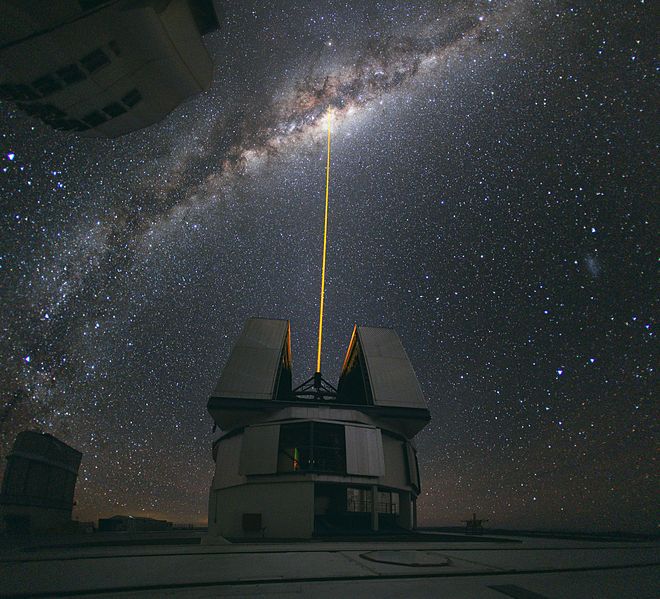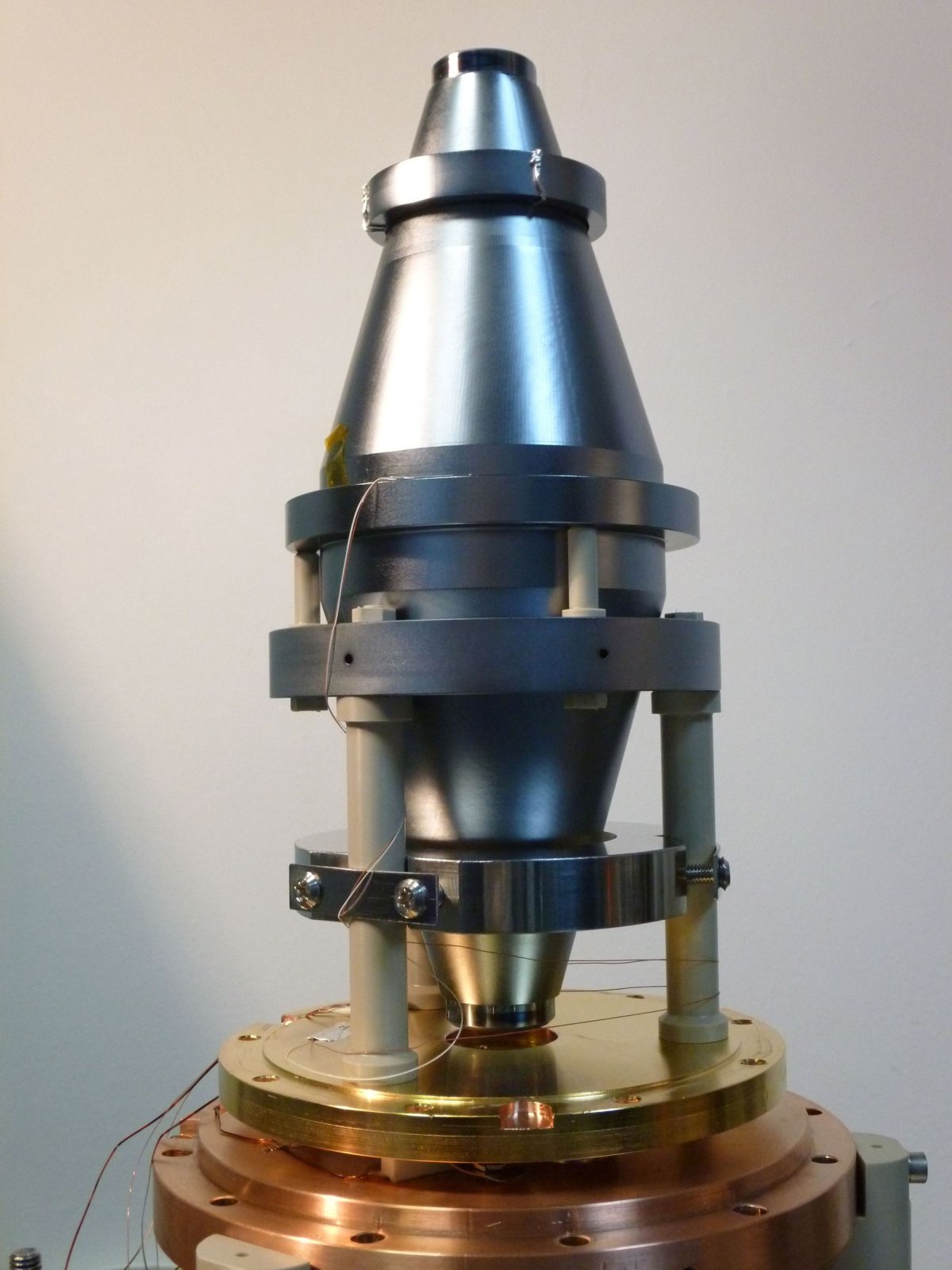
Updated | The sharpest laser in the world has been created by scientists, with the light it emits able to travel 2 million miles before it goes out of sync.
This breakthrough has widespread applications, and it could be used for high-precision experiments to make atomic clocks more accurate, to collect better radio astronomy data and to test Einstein's theory of relativity.
The first laser was built in 1960. Since then they have captured the public imagination and have been prominent in popular culture—from James Bond to Star Wars. Lasers emit light through optical amplification—it is an acronym for "light amplification by stimulated emission of radiation."
Being able to focus a laser on a tight spot has numerous applications in science, and lasers now feature in many aspects of industry, medicine and information technology. For example, the discovery of gravitational waves (ripples in space-time predicted by Einstein 100 years ago) was made possible by beaming two lasers into space to detect tiny fluctuations in space-time.
It was once thought the first lasers to be developed would not require refining, but as the need for increasing accuracy grew, scientists and engineers had to develop more precise lasers.
Now, researchers from Germany and the U.S. have created the sharpest laser in the world.
Light from a laser ideally has one fixed frequency (or wavelength) and a linewidth—the width of the band of frequencies of radiation. But the linewidth of most lasers is too big to carry out high-precision experiments. As a result, scientists must find ways to develop lasers with greater frequency stability and a narrower linewidth.
In a study published in Physical Review Letters, the team announced the development of a laser with a linewidth of just 10 megahertz.
Thomas Legero, from the Physikalisch-Technische Bundesanstalt in Germany, was one of the physicists involved in the research. "The smaller the linewidth of the laser, the more accurate the measurement of the atom's frequency in an optical clock," he said in a statement. "This new laser will enable us to decisively improve the quality of our clocks."

As well as its small linewidth, the team also showed that the frequency of the light emitted from the laser was more precise than anything achieved before. They found it only goes out of sync after 11 seconds of beaming it. This means the light has traveled 2 million miles—10 times the distance from Earth to the sun—before it went out of sync.
The American and German researchers are now using the lasers to improve optical atomic clocks, which could potentially be used to tell the time with unparalleled precision. At present, GPS devices, communication systems, power grids and financial networks rely on atomic clocks to synchronize. Optical atomic clocks are thought to be a far more accurate way of timekeeping, but creating them is extremely difficult.
"In the future," Legero said, "it is planned to disseminate this light also within a European network. This plan would allow even more precise comparisons between the optical clocks in Braunschweig and the clocks of our European colleagues in Paris and London."
They also plan to reduce the linewidth even further—and are aiming to get it below 1 MHz in the future.
This story has been updated with a correction to the opening sentence, which said the distance was 2 billion miles rather than 2 million miles.
Uncommon Knowledge
Newsweek is committed to challenging conventional wisdom and finding connections in the search for common ground.
Newsweek is committed to challenging conventional wisdom and finding connections in the search for common ground.
About the writer
Hannah Osborne is Nesweek's Science Editor, based in London, UK. Hannah joined Newsweek in 2017 from IBTimes UK. She is ... Read more
To read how Newsweek uses AI as a newsroom tool, Click here.








